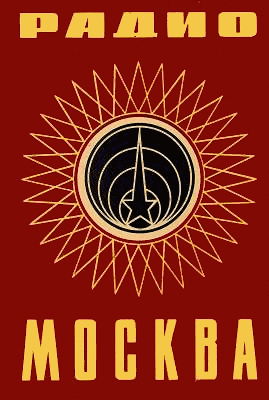As I clear out my stuff ready for our move, I've discovered my
Crystal Set DX Log from 1991, which was 2 sunspot cycle peaks ago. Looking through the entries in the log (all received with a VERY simple shortwave crystal set using a toroid, a germanium diode, a resistor and a crystal earpiece and a longwire antenna about 15-20m long) it is quite astounding how the HF world has changed.
 |
| Shortwave Crystal Set DX log - from 1991 |
For a start, many of the coast radio stations used to transmit in CW on HF and these could often be read due to the cross-modulation from other stations. This was the technique used to detect those shown in the log above.
Also, the shortwave bands were still filled with English language broadcasts. In the few days covered by this log I managed to receive broadcast stations from Cuba, UAE, India and Australia directly (not via relays) as well as plenty of Europeans. Before this date I had no idea that worldwide reception on a crystal set would be possible.
There is no doubt that conditions were very good back in 1991 and I am not so sure that it would be possible to repeat this in 2013, but I would be delighted to hear of success by others with crystal set DXing on HF in more recent times.
I still enjoy crystal sets: they are simple and fun to make yet there is still something unbelievably good about using the electricity from the TXing station to hear them, not my own, especially when the signal comes from very far away.





